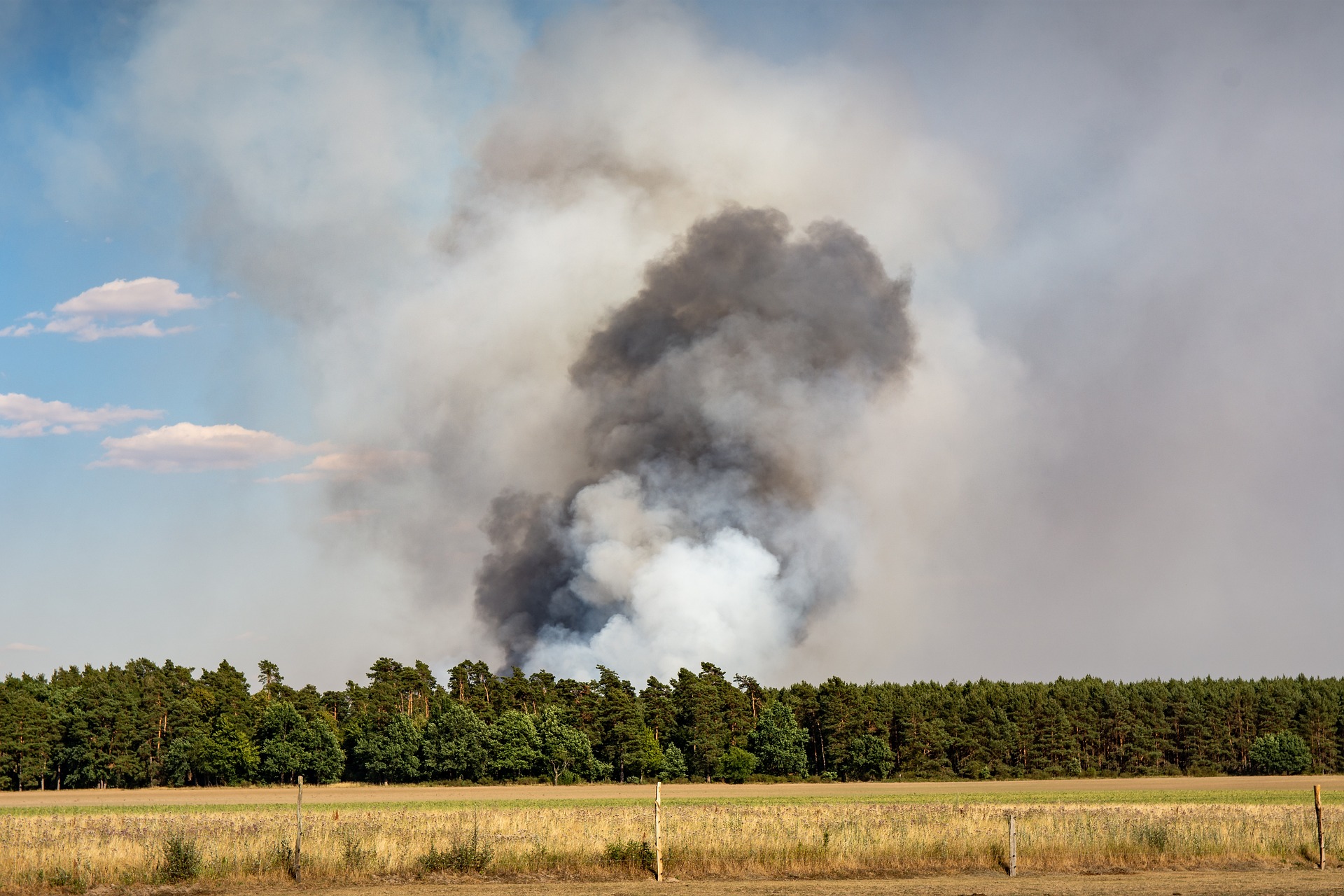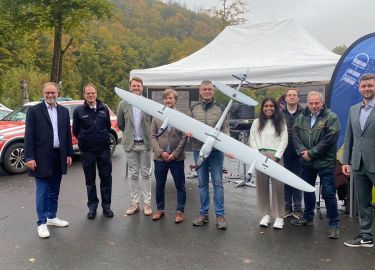Fighting forest fires in time with AI

The forests of Central Europe are in upheaval. Climatic extreme events and pests are particularly damaging to those forest ecosystems that are highly susceptible to periods of drought, e.g. coniferous forests. This increases the risk of forest fires. As a result, the contribution of a forest to carbon storage is greatly reduced and CO2 is released on a large scale. Serious damage can also be caused to infrastructure as well as to people and nature.
Challenges in forest and wildland fires exist particularly in detecting and predicting fire events, planning appropriate resources for fire suppression, and accessing the most complete and up-to-date situation picture possible, including across regions.
[ui!] has taken up this topic and supports the project "AI-based forest monitoring - artificial intelligence for early detection of forest fire events" (KIWA) to complement existing systems for early detection of forest fires with AI-based systems. Specially deployed drones, which allow AI-based image processing applications, are to provide area-wide and resource-efficient support in the early detection of hazardous areas.
One focus of the project is the creation of transparency through the appropriate location of UAVs in regions, the automated detection of danger points and the embedding of decision support systems in existing organizational process chains at relevant stakeholders such as fire departments and civil protection in order to create the highest possible user proximity.









